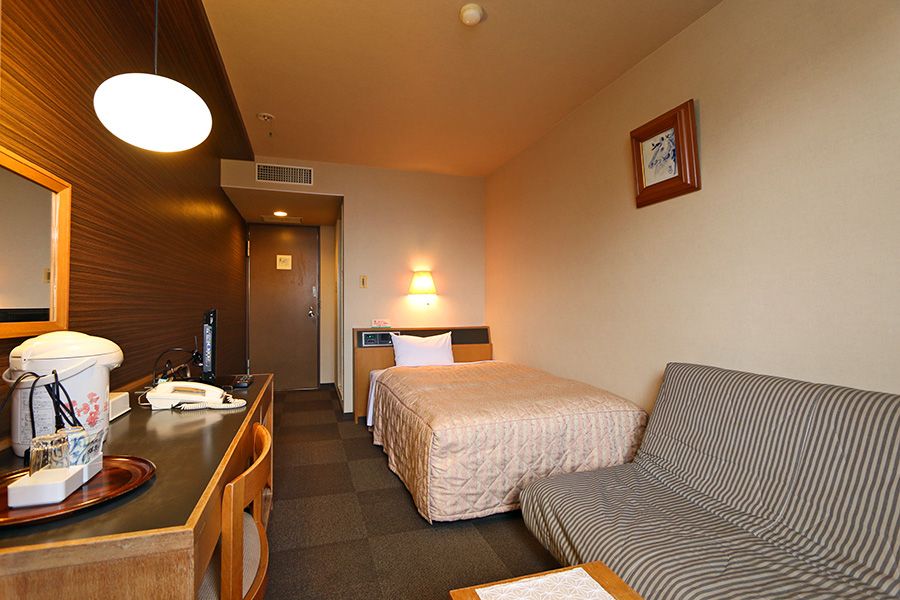Shūbun no Hi: A Deep Dive into Japan’s Autumn Equinox Festival
Shūbun no Hi, also known as the Autumn Equinox Day, is a revered national holiday in Japan that marks the turning point of the year. As the days become shorter and the temperature begins to cool, this celebration pays tribute to nature’s balance and the importance of familial connections. In this article, we, along with Yoshida Hotel, will explore everything you need to know about Shūbun no Hi, from its historical significance to modern-day celebrations, and where you can stay to experience it all.
The Significance of Shūbun no Hi
Shūbun no Hi, or 秋分の日 in Japanese, directly translates to “Autumn Equinox Day.” Falling around September 23rd, the holiday is deeply tied to the changing of the seasons, specifically the autumn equinox when day and night are almost equal in length. This is a time of reflection, honoring the balance between light and darkness.
Historically, Shūbun no Hi was rooted in agricultural traditions, symbolizing a time of harvest. Ancient Japan celebrated the equinox as a way to offer gratitude to nature and the deities for the bounty of the land. It is also a time to honor ancestors by visiting family graves, which is a practice called Ohakamairi.
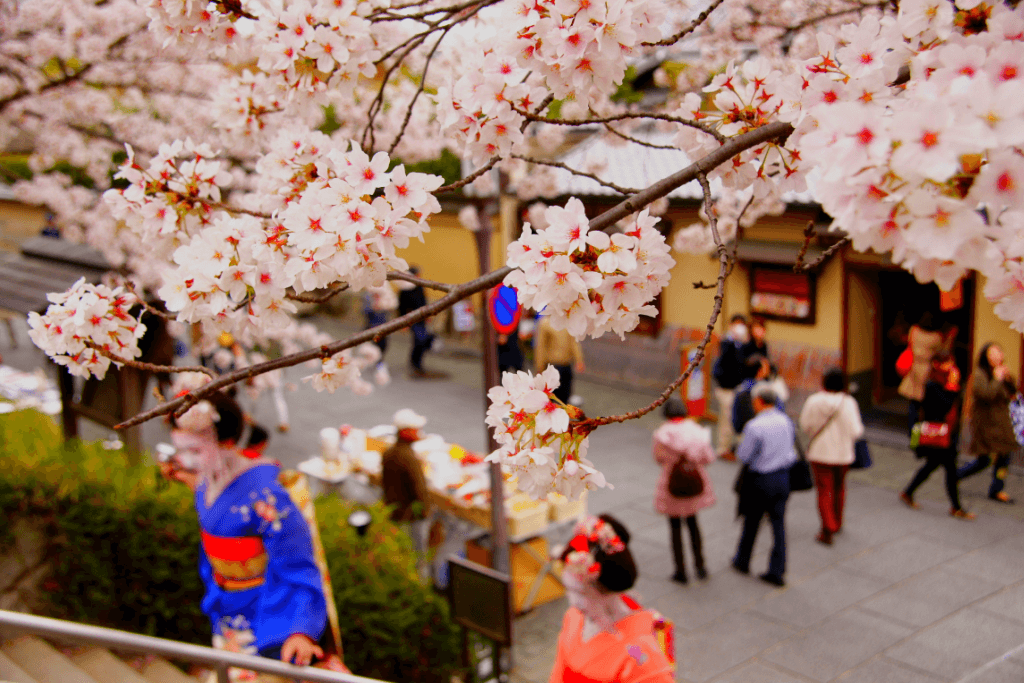
A Day for Honoring Ancestors and Family
During Shūbun no Hi, it’s common for families to come together, visit cemeteries, and perform rituals to honor their deceased relatives. This custom, rooted in Japan’s deep respect for its ancestors, forms the core of the day’s traditions. The autumn equinox is believed to be a spiritual time when the boundary between the physical and spiritual world is thinner, allowing individuals to connect more deeply with their ancestors.
One of the most common practices during this holiday is offering Hōtō, a comforting, seasonal soup made with vegetables, or ohagi (sweet rice cakes). These offerings are made to both ancestors and the deities who guard the land.
How Shūbun no Hi is Celebrated in Japan
The observance of Shūbun no Hi varies across Japan, but the essence of the holiday remains the same: it is a time for balance, reflection, and connection. The general atmosphere is serene, reflective, and filled with family-oriented activities. Let’s take a look at some of the key practices and festivals:
Family Gatherings and Ohakamairi
Many families use this day to honor their ancestors by visiting their gravesites. This is a deeply personal and meaningful ritual in Japan, where families express their gratitude to the deceased, clean the gravestones, and offer seasonal flowers or food.
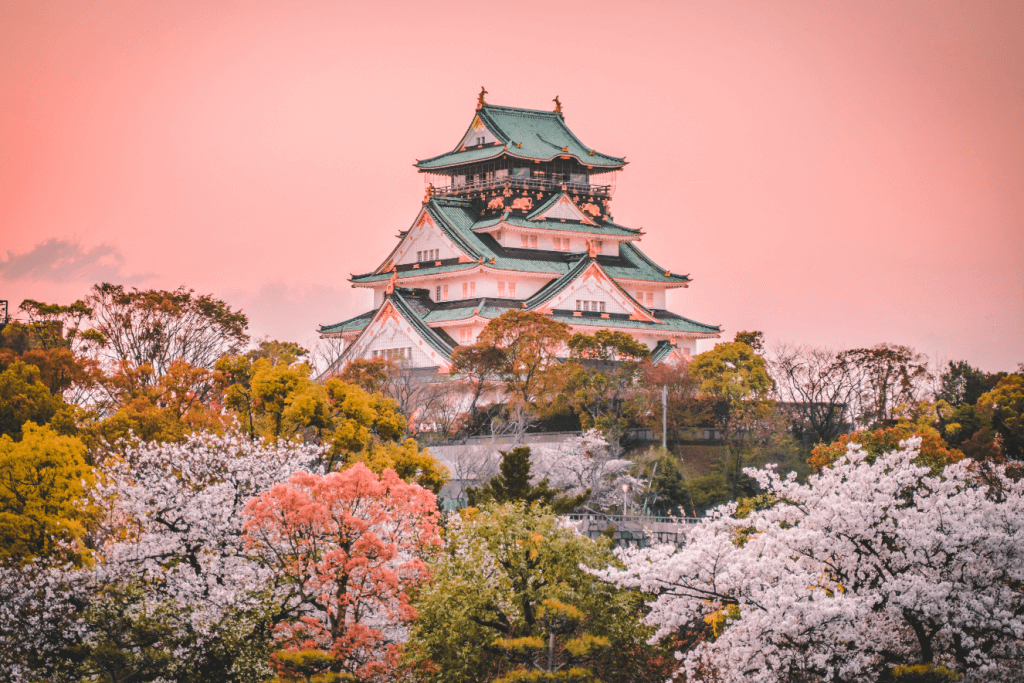
Enjoying Seasonal Foods
As with most Japanese festivals, food plays a vital role in the celebration of Shūbun no Hi. Seasonal fruits like persimmons and chestnuts are often offered at altars. Dishes like soba noodles or kuri gohan (chestnut rice) are popular choices during this time, symbolizing the bountiful harvest. These meals represent the blessings of nature that the family enjoys.
Celebrating with Nature
While Shūbun no Hi is mostly about honoring ancestors, it is also a time to celebrate the season itself. Many Japanese people enjoy walks through parks or gardens to enjoy the autumn foliage, especially the brilliant red, orange, and yellow leaves. These natural wonders symbolize the transience of life and the beauty of the present moment.
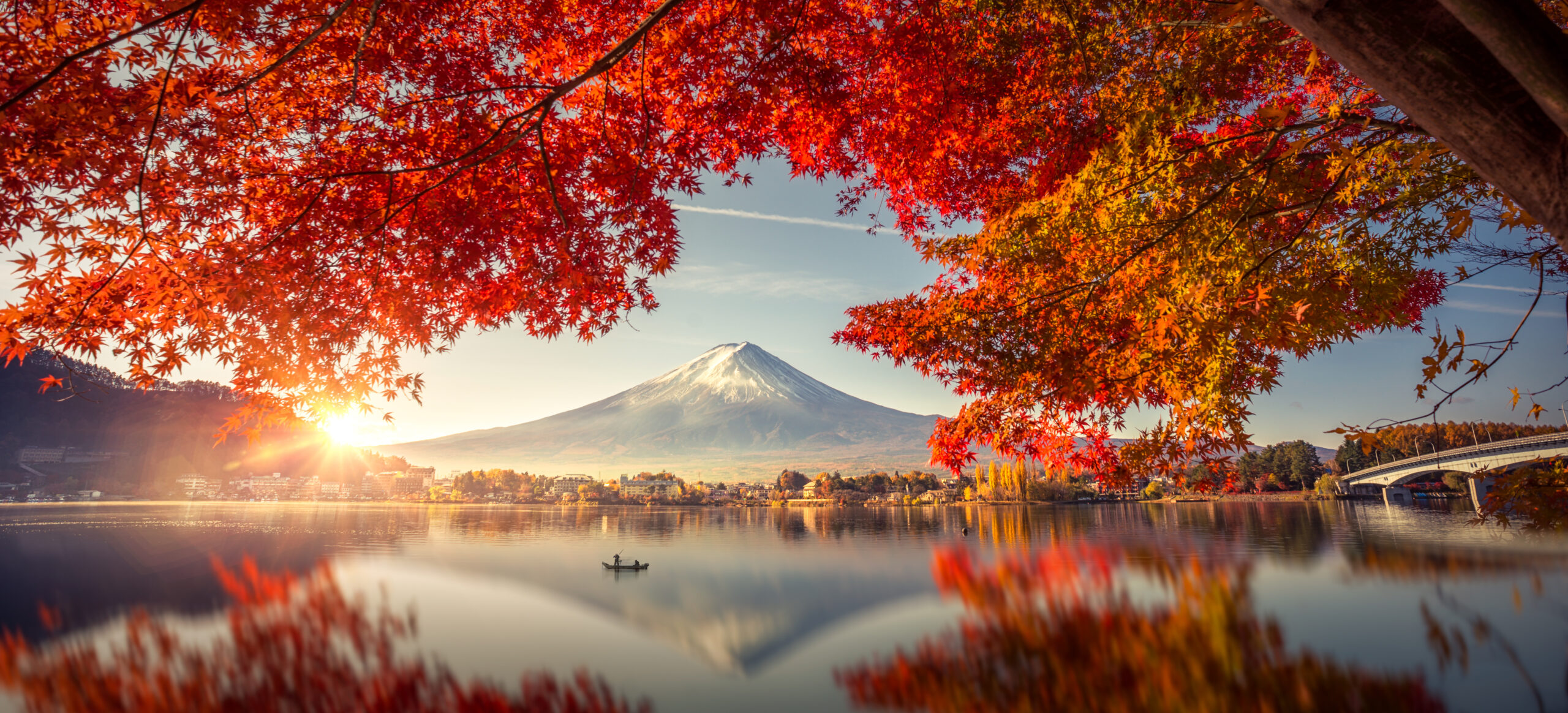
The Meaning Behind Shūbun no Hi
In Japan, the autumn equinox holds deep philosophical and cultural meaning. It’s not just a day of rituals; it’s a time for reflection and appreciating the delicate balance of nature. The Japanese have long recognized the importance of harmony, whether in nature or within oneself. Shūbun no Hi embodies this philosophy, reminding people to reflect on their lives, find balance, and express gratitude for the earth and the people who came before them.

A Time for Gratitude and Reflection
Shūbun no Hi is a period of balance and reflection, making it a meaningful time for both individuals and families. The holiday encourages people to be thankful for the abundance of the harvest season and to reflect on their lives. It’s not just about honoring the past, but also about grounding oneself in the present and preparing for the future.
Shūbun no Hi in Modern Japan
While the core traditions of Shūbun no Hi remain the same, the way people celebrate has evolved over time. Today, it’s not just about family and grave visits; the holiday has been incorporated into Japan’s vibrant culture in various ways. From seasonal events to travel opportunities, Shūbun no Hi is a great time to explore Japan’s rich traditions while soaking in the beauty of autumn.

Shūbun no Hi Events and Festivals
Japan boasts a variety of events and festivals that take place around Shūbun no Hi. Some major cities host autumn festivals featuring traditional performances, art exhibitions, and cultural activities. For example, Kyoto holds its famous Jidai Matsuri (Festival of the Ages) in October, where people dress up in costumes representing different historical periods. This is a beautiful celebration of Japan’s long history and cultural heritage.
The Autumn Equinox in Tokyo and Kyoto
Tokyo and Kyoto, two of Japan’s most iconic cities, offer unique experiences during Shūbun no Hi. In Tokyo, visitors can enjoy the serene atmosphere of Meiji Shrine or take in the stunning views of Tokyo Tower amidst the autumn colors. In Kyoto, the historical charm of the city makes it an excellent destination during this season, where the beautiful temples and gardens, such as Kiyomizu-dera and the Golden Pavilion, showcase the stunning hues of autumn leaves.
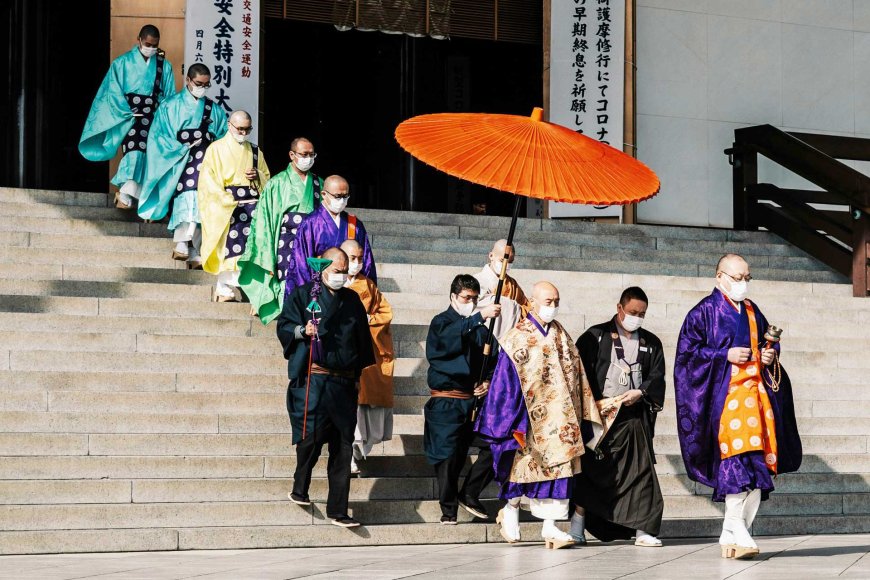
Where to Stay During Shūbun no Hi: Top Hotels to Experience the Season
If you’re planning to visit Japan during Shūbun no Hi, you’ll want to ensure you have a comfortable and scenic place to stay. Whether you’re in Tokyo, Kyoto, or another part of Japan, there are many hotels that offer a perfect mix of tradition and modern amenities. Here are some of the best options:
Top Hotels in Kyoto to Experience Shūbun no Hi
Kyoto, the ancient capital of Japan, is one of the best places to experience Shūbun no Hi. Here are a few exceptional hotels in Kyoto:
Higashiyama Shikikaboku
Address: 85-1 Imakojicho, Higashiyama Ward, Kyoto, 605-0023, Japan
Phone Number: +81 75-744-6654
Higashiyama Shikikaboku offers a serene escape, nestled amidst the tranquil natural surroundings of Kyoto’s Higashiyama district. With a deep connection to the seasons and Japanese culture, it’s the perfect place to experience Shūbun no Hi in style. This luxury hotel emphasizes traditional design, with Japanese gardens and rooms that offer stunning views of the autumn foliage.

THE THOUSAND KYOTO
Address: 570 Higashishiokojicho, Shimogyo Ward, Kyoto, 600-8216, Japan
Phone Number: +81 75-354-1000
A contemporary and luxurious stay, THE THOUSAND KYOTO blends modern amenities with traditional Japanese touches. It is located near Kyoto Station, making it an ideal choice for those who wish to explore Kyoto’s seasonal beauty and cultural landmarks during Shūbun no Hi.
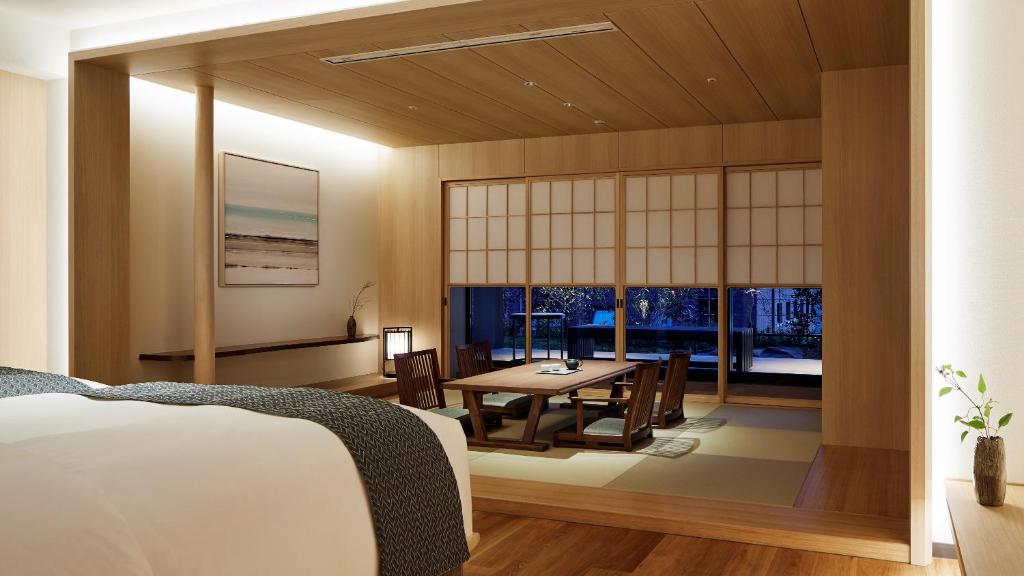
Sowaka
Address: 480 Kiyoicho, Higashiyama Ward, Kyoto, 605-0821, Japan
Phone Number: +81 75-541-5323
Sowaka offers an immersive experience that perfectly blends traditional Kyoto aesthetics with modern luxury. The hotel is known for its exquisite attention to detail, perfect for guests who wish to honor Shūbun no Hi in a tranquil and culturally rich setting.
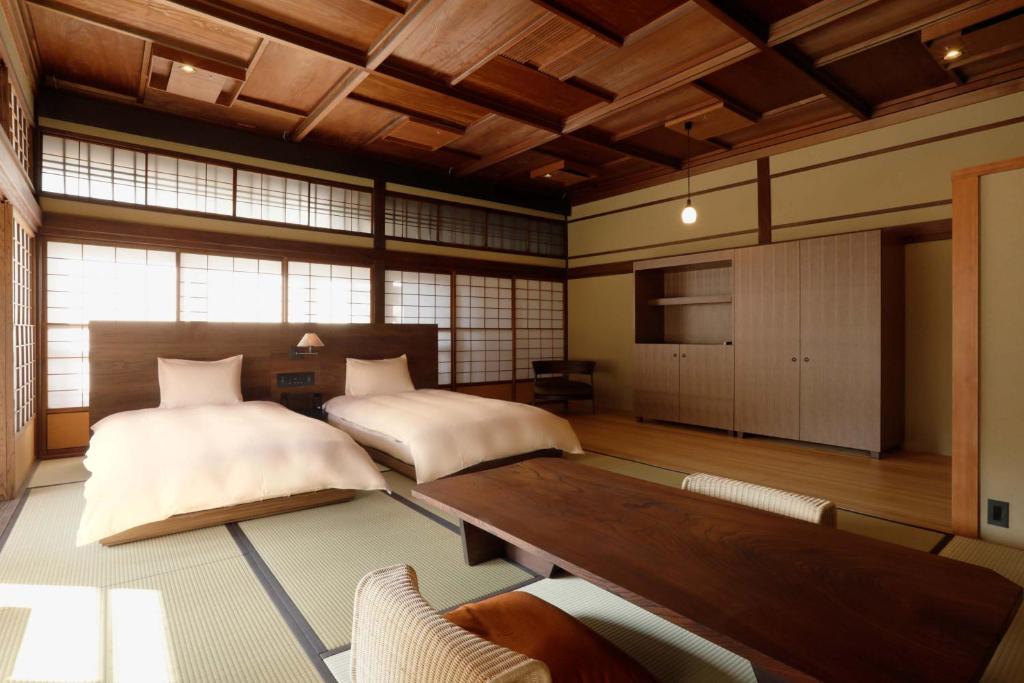
Ace Hotel Kyoto
Address: 245-2 Kurumayacho, Nakagyo Ward, Kyoto, 604-8185, Japan
Phone Number: +81 75-229-9000
Ace Hotel Kyoto combines contemporary design with the charm of historic Kyoto, making it a fantastic base for visitors who want to enjoy Shūbun no Hi with a blend of modern comforts and traditional touches.

Six Senses Kyoto
Address: 431 Myohoin Maekawacho, Higashiyama Ward, Kyoto, 605-0932, Japan
Phone Number: +81 75-531-0700
Six Senses Kyoto offers a luxurious and tranquil retreat, perfect for those looking to relax during the autumn equinox. With a focus on wellness, sustainability, and cultural experiences, it’s a wonderful choice to embrace the season’s balance.
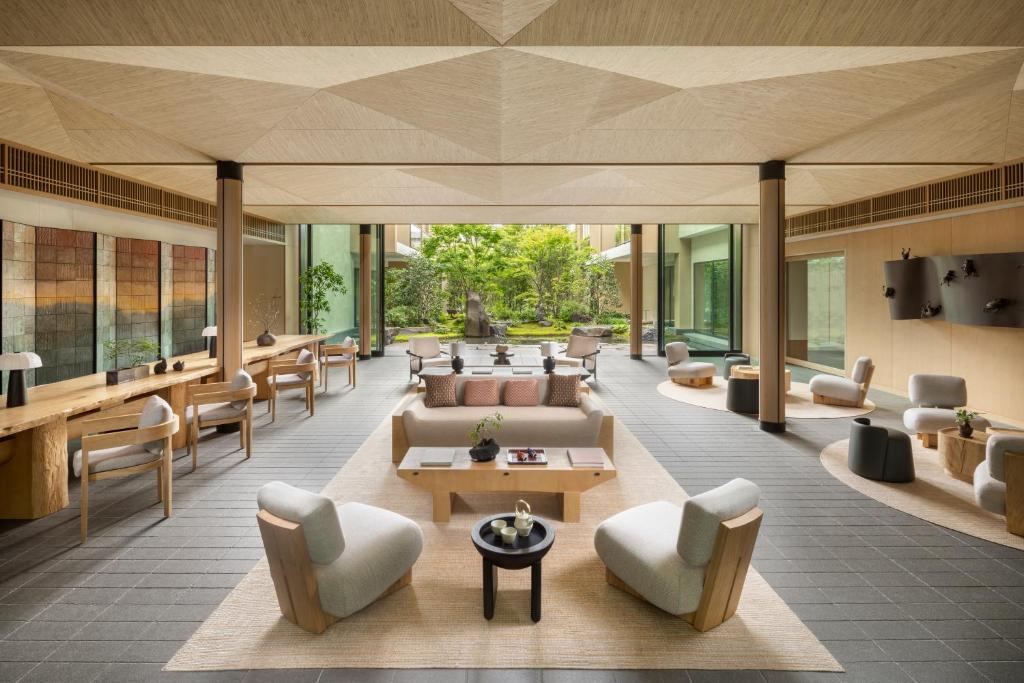
Hotel Okura Kyoto
Address: Kyoto, Nakagyo Ward, Kawaramachi-Oike, 〒604-8558, Japan
Phone Number: +81 75-211-5111
Hotel Okura Kyoto offers a luxurious stay with timeless elegance, making it an ideal choice for those looking to explore Kyoto during Shūbun no Hi. Its location is central, offering easy access to the city’s autumn highlights.
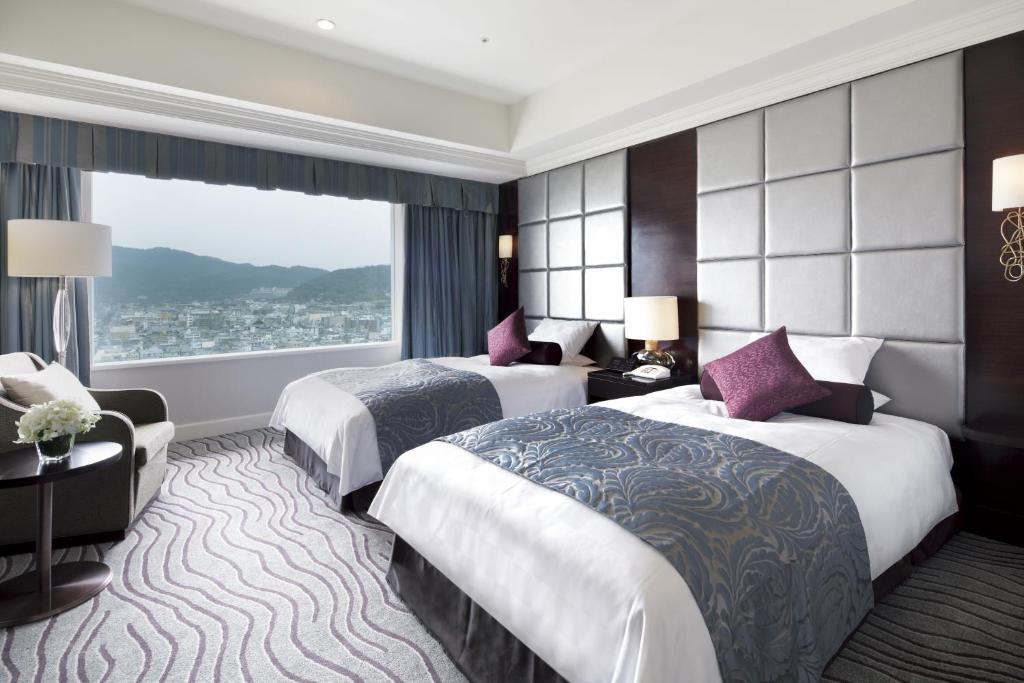
THE HIRAMATSU KYOTO
Address: 361 Ennogyojacho, Nakagyo Ward, Kyoto, 〒604-8174, Japan
Phone Number: +81 75-211-1751
This boutique hotel offers personalized service and a serene atmosphere, making it the perfect choice for anyone looking to experience the best of Kyoto during Shūbun no Hi. Guests can enjoy luxurious rooms and an exceptional dining experience.
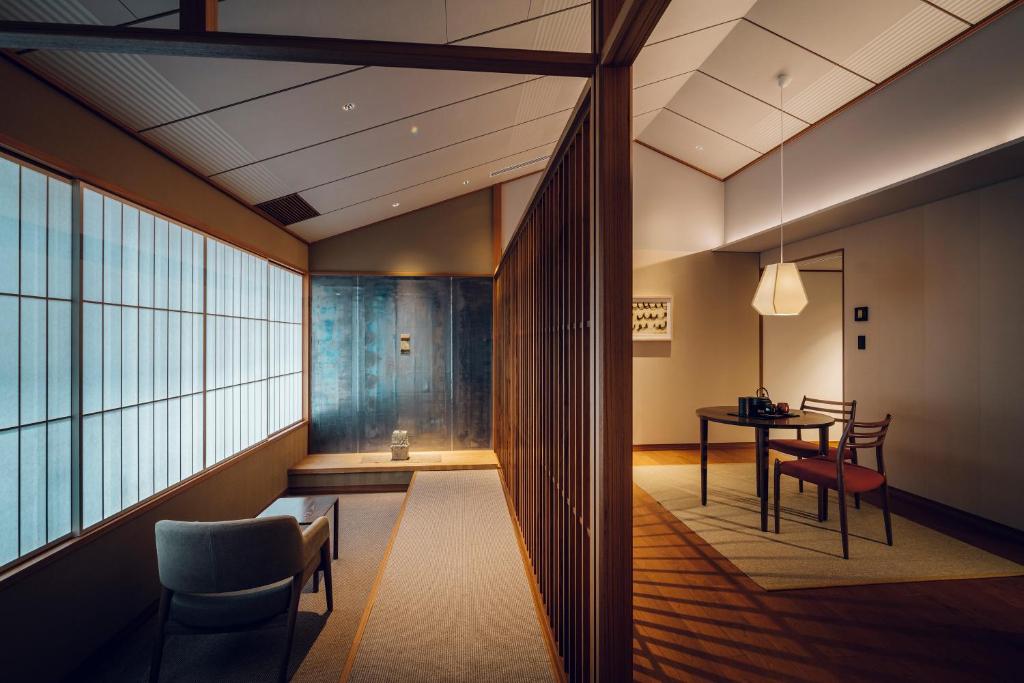
The Prince Kyoto Takaragaike, Autograph Collection
Address: 1092-2 Iwakura Hataedacho, Sakyo Ward, Kyoto, 606-0015, Japan
Phone Number: +81 75-712-1111
The Prince Kyoto Takaragaike offers a peaceful escape with stunning views of the nearby mountains. Its combination of traditional and contemporary design makes it an excellent choice for those wanting to experience the tranquility and beauty of Kyoto during the autumn season.
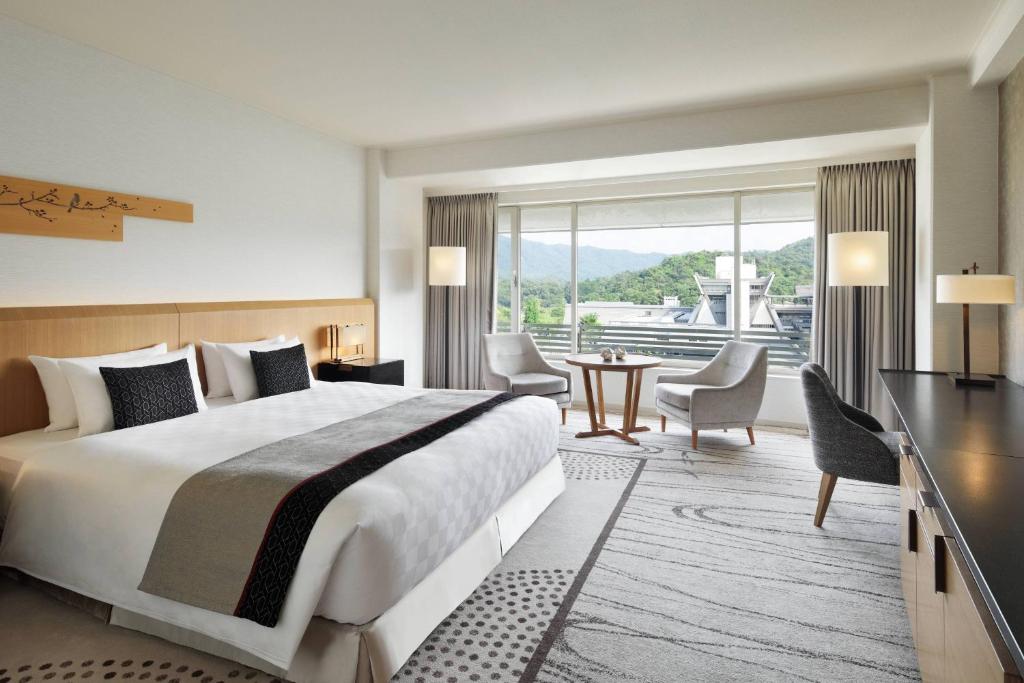
Conclusion: Embrace Shūbun no Hi with Yoshida Hotel
As we have seen, Shūbun no Hi is much more than just a holiday; it’s a celebration of nature’s balance, family, and reflection. Whether you’re visiting Japan for the first time or returning to experience the beauty of autumn, the holiday offers a meaningful way to connect with Japanese culture and traditions.
And what better way to experience this time of year than with a stay at one of Kyoto’s many beautiful hotels? Yoshida Hotel invites you to embrace the spirit of Shūbun no Hi, with a range of accommodations that offer both luxury and cultural immersion.
Thank you for joining us on this journey to explore Shūbun no Hi, and we hope this article has inspired you to visit Japan during this special season.
Details
Namistay chain hotel
- 61-63 Hoang Ke Viem, Bac My Phu, Ngu Hanh Son, Da Nang, Vietnam
- Hotline: 0905 432 992
- Lot 45 An Thuong 29, Bac My Phu, Ngu Hanh Son, Da Nang, Vietnam
- Hotline: 0977 455 546
- 42 An Thuong 26 Street, Bac My Phu, Ngu Hanh Son, Da Nang, Vietnam
- Hotline: 0965 442 842
